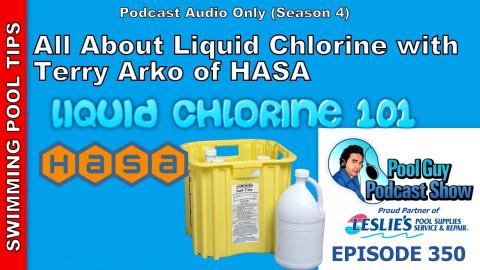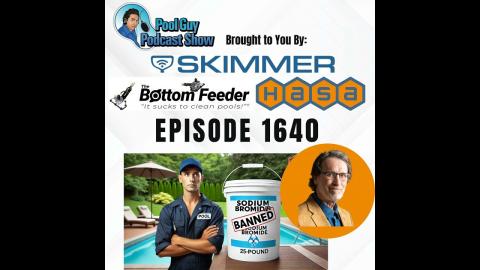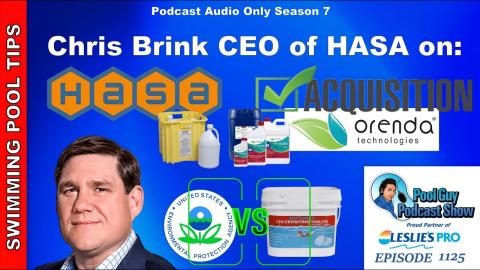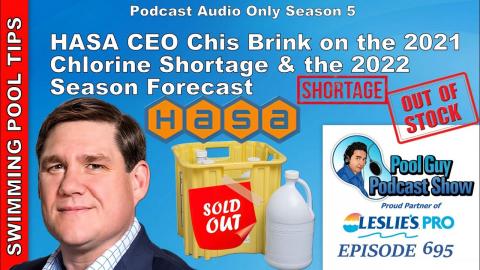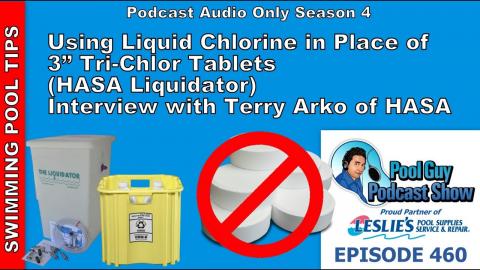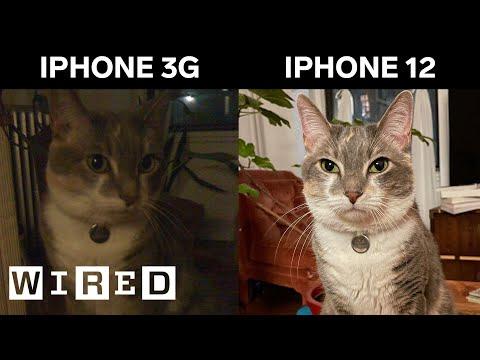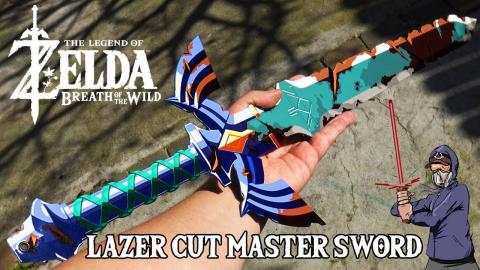HASA Liquid Chlorine Feeders as an Alternative to 3" Tri-Chlor Tablets with Terry Arko of HASA
Description
THE HASA LIQUIDATOR is a chlorine feeder that is safer and cleaner than, and just as convenient as, floating tablet feeders. By attaching to and running off of your pool’s pump, The Liquidator saves you the trouble of having to worry about putting the right amount of chlorine into your pool every single day. This is a great alternative to Tri-Chlor tablets and liquid chlorine is affordable and readily available.
At the moment Tri-Chlor tablets are in short supply and are going up in price every week. If you are considering an alternative there are a few logical options and as some may suggest a Salt Water Generator or Salt Water System is not the best option. Let me list the pros and cons of the available sanitizer options for you.
Tri-Chlor:
This is an easy method no doubt. Drop some tablets or as some call them pucks into a floater or in-line chlorinator and you are done. The tablets slowly dissolve during the week and your free chlorine level is easily maintained. The main drawback of course is that each tablet is about 50% or more of Cyanuric Acid (CYA) so your pool’s CYA level will rise rapidly. The major drawback of this is that as the CYA level rises so does the amount of Free Chlorine you will need to maintain a safe and algae-free pool. For example, if we use the 7.5% chlorine to CYA ratio if your pool has a CYA level of 100 ppm you will need a chlorine level of 7.5 ppm for the chlorine in the pool to be effective. Bring the CYA to 200 ppm and you will need a chlorine level each week of 14 ppm. So Tri-Chlor tablets do have that very big downside.
Cal-Hypo Tablets:
You can’t switch directly from Tri-Chlor to Cal Hypo tablets and use the same floater or in-line feeder. Mixing these two chemicals will cause an explosion. So if you do switch to Cal Hypo tablets you will need a specific Cal Hypo chlorinator plumbed in or use them in the skimmer. The main drawback of Cal Hypo tablets is that the main ingredient is Calcium so if you have hard water in your area using these will raise your calcium level up and may tip your pool’s LSI reading into the scale-forming category. They are also more expensive than Tri-Chlor even at today’s inflated pricing.
Liquid Chlorine:
Liquid chlorine is manufactured by HASA right here in the USA so there is currently no supply shortage. Liquid chlorine can be added manually during the week by simply pouring the desired amount directly into your pool. You can also use a liquid chlorine feeder like the HASA Liquidator. The Liquidator can hold 8 gallons of chlorine and it will slowly dispense it into your pool each day for you. Liquid chlorine contains no stabilizer or CYA and the only byproduct of liquid chlorine is sodium. So out of all of the available sanitizers, liquid chlorine has the least side effects in your pool water.
Salt Water Generator:
A Salt Water Generator (SWG) will produce chlorine for you right at your equipment pad. No need to purchase any form of chlorine and if you set it up correctly it will add the correct amount of chlorine to your pool daily. The only drawback to a SWG is the initial upfront cost which can range from $900-$1,600 depending on the brand and size of the system. You will also need a new salt cell on average every five years at a cost of $400-$900 again depending on the cell brand and the size pool it is rated for. With a SWG you are getting a convenient way of sanitizing your pool, but you will be spending more money over all of the above methods pretty much combined.
The bottom line is there are alternatives to Tri-Chlor tablets out there and you just need to decide logically which one is best based on your budget and the effects of each sanitizer on your pool water.
Other Recording in this podcast series:
https://www.buzzsprout.com/110832/8352279
What is a Pool Sanitizer Anyway? With Terry Arko of HASA:
https://www.buzzsprout.com/110832/8352299
Best Methods from Going From Tri-Chlor Tablets to Liquid Chlorine with Terry Arko of HASA:
https://www.buzzsprout.com/110832/8352319
HASA Liquid Chlorine and Acid Returnable Cases 101 with Terry Arko of HASA:
https://www.buzzsprout.com/110832/8352329
Terry Arko has more than 30 years of experience in the pool and spa/hot tub industry, working in service, repair, retail sales, chemical manufacturing, customer service, sales, and product development. Arko is currently the product training content manager for HASA, a manufacturer of liquid pool sanitizer and swimming pool and spa treatment products, a CPO instructor and a member of the PHTA’s recreational water quality committee.
Visit my Website: http://www.swimmingpoollearning.com/
eBook: https://www.swimmingpoollearning.com/swimming-pool-care-ebook
YouTube Video Index: http://poolmandave.blogspot.com/2014/03/swimming-pool-tips-reviews-how-to-video.html – A list of all of my videos.
Blogger: http://poolmandave.blogspot.com/
Join me on Patreon: https://www.patreon.com/poolguycoaching
Podcast: http://www.buzzsprout.com/110832


